The Zenit E is a fully mechanical 35mm SLR from KMZ that still inspires modern creatives. This guide shows how to use it well, pair it with the right lenses and film, and buy a trustworthy second-hand body in 2025.

Why the Zenit E still matters in 2025
Made by KMZ (Krasnogorsky Mechanichesky Zavod) and produced in the millions, the Zenit E earned its place as a dependable workhorse. It’s a manual, battery-free 35mm film camera that rewards a slower, more intentional approach to photography. For learners and artists alike, that built-in pace becomes a teacher—helping you truly master exposure and focus.
There are few frills and fewer distractions. The appeal isn’t about speed or automation; it’s about craft. The Zenit E’s fully mechanical design gives it a long service life, and its M42 screw mount opens access to a large, affordable lens ecosystem. On the second-hand market, bodies are often very approachable, making the Zenit E a practical entry point into film.
What the Zenit E is: key specs and operation
Fully mechanical confidence
The Zenit E is a manual 35mm SLR that needs no batteries for core operation. You set the shutter speed, aperture, and focus yourself, then advance the film with the lever. This simplicity is part of its charm and reliability.
Shutter, speeds, and meter notes
The cloth focal-plane shutter offers 1/30–1/500s plus Bulb. Some bodies include a selenium-cell light meter that works without batteries; in practice, these meters are commonly unreliable today. Treat it as decorative unless proven accurate, and plan to meter externally.
M42 screw mount
The M42 screw mount supports a wide range of lenses from Helios, Jupiter, Pentacon, Takumar, and more. This vast ecosystem is a major benefit of the Zenit E, both for film shooting and cross-over digital use via adapters.

Creative results you can expect
Character over perfection
The Zenit E is loved for images with personality. Instead of clinical sharpness, you’ll find texture, flare, and expressive rendering—especially with classic lenses. The Helios 44-2 58mm f/2, a common pairing, is famous for swirly bokeh and a luminous glow in backlight.
Use cases that sing
Expect contemplative street photography, mixed-media experiments, and expressive portraits that benefit from intentional shooting. It’s also an ideal educator: the camera’s deliberate rhythm helps beginners internalize exposure fundamentals quickly.
My first slow, deliberate roll with the Zenit E started with a phone meter reading on a shady sidewalk. I waited for a single shaft of sun to graze a passerby’s jacket, then set f/5.6 at 1/125 and focused carefully. The moment lasted a heartbeat; the frame felt earned. That pace shaped the whole roll—fewer shots, more keepers.
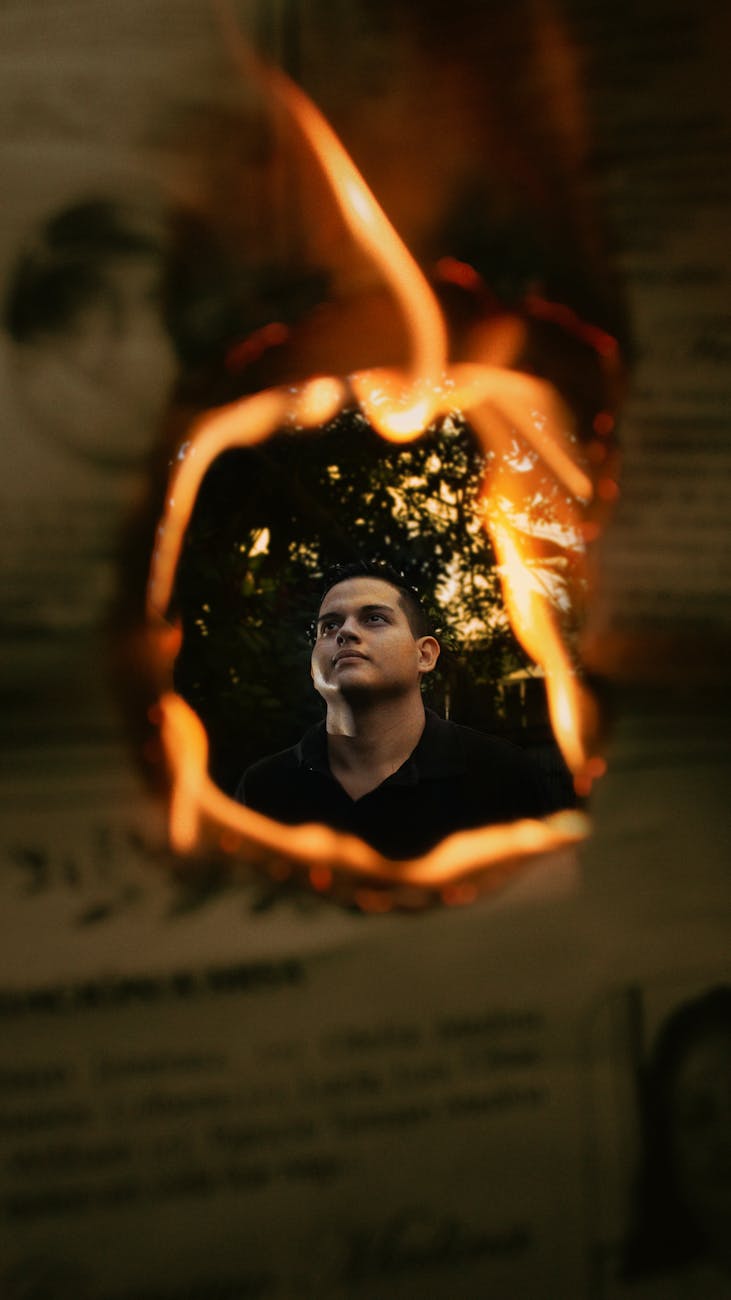
Techniques and workflows that shine on the Zenit E
Film soup and alternative development
The robust, simple mechanics make the Zenit E a solid candidate for experimental processes. If a roll goes wild with “soup” recipes or push/pull extremes, the camera won’t mind.
Slow photography method
Pre-visualize scenes, meter with an external tool, log exposures, and shoot fewer frames more intentionally. This rhythm suits the Zenit E perfectly and often leads to more consistent, thoughtful results.
Hybrid film–digital approach
Adapt M42 lenses to mirrorless mounts for digital projects. It’s a great way to extend the value of your lens kit and keep your visual language consistent across mediums.

Lenses, film, and accessories to pair
Lenses: M42 classics
The Helios 44-2 is a beloved match for the Zenit E, prized for its swirly bokeh and flare. Don’t overlook other M42 options from Jupiter, Pentacon, and Takumar—there’s a world of rendering styles to explore.
Film stocks that work well
Popular 35mm choices like Kodak Gold, Ilford HP5, and Lomography Color Negative pair beautifully with the Zenit E’s character. Try one stock for a few rolls to build a consistent baseline, then experiment.
Metering and comfort upgrades
Replace the unreliable selenium meter with a smartphone light meter app such as Lux or myLightMeter. Original leather cases are common but can be stiff; a modern padded strap adds comfort without adding bulk.
Adapters for digital crossover
Use simple M42 adapters to mount your lenses on Sony E, Fuji X, Micro Four Thirds, Canon RF, or Nikon Z bodies. It’s an affordable way to enjoy Zenit-era glass beyond film.


How to buy a Zenit E second-hand: quick checklist
When evaluating a Zenit E second hand, focus on shutter health, curtains, viewfinder clarity, lens condition, and realistic meter expectations. Bodies are plentiful—often the lens holds more of the value.
- Shutter speeds: listen for consistency; top speeds may run slow.
- Shutter curtains: check for pinholes with a flashlight.
- Viewfinder: expect dust; inspect for fungus just in case.
- Lens: test for smooth focus, snappy aperture, and any yellowing.
- Light meter: assume it doesn’t work; don’t pay a premium for claims.
- General: advance lever action should feel smooth with positive stops.

Sample slow-photography workflow with the Zenit E
1) Pre-plan the frame
Compose before raising the camera. Notice light direction, background clutter, and where your subject will land.
2) Meter and note
Use a smartphone light meter app and jot exposure settings in a small logbook. This creates feedback you can review later.
3) Set, focus, commit
Dial in aperture and shutter speed, focus carefully, and take a single frame. Resist bracketing; aim for intention.
4) Advance and reflect
Advance the film deliberately, add any notes, and move on. After the roll, compare negatives with your log to refine the next session.
Who will love the Zenit E
If you’re a beginner who wants a hands-on way to learn exposure and manual focus, the Zenit E is a patient teacher. If you’re an artist who embraces flare, texture, and the occasional happy accident, its character-forward look will fit right in. And if you’re budget-conscious, the M42 ecosystem makes it easy to build a versatile kit.
Ready to explore? Browse tested Zenit E bodies, pair a Zenit E with a serviced Helios 44-2, get notified when full kits are restocked, or pick up M42 adapters to bring Zenit-era glass to your mirrorless body.




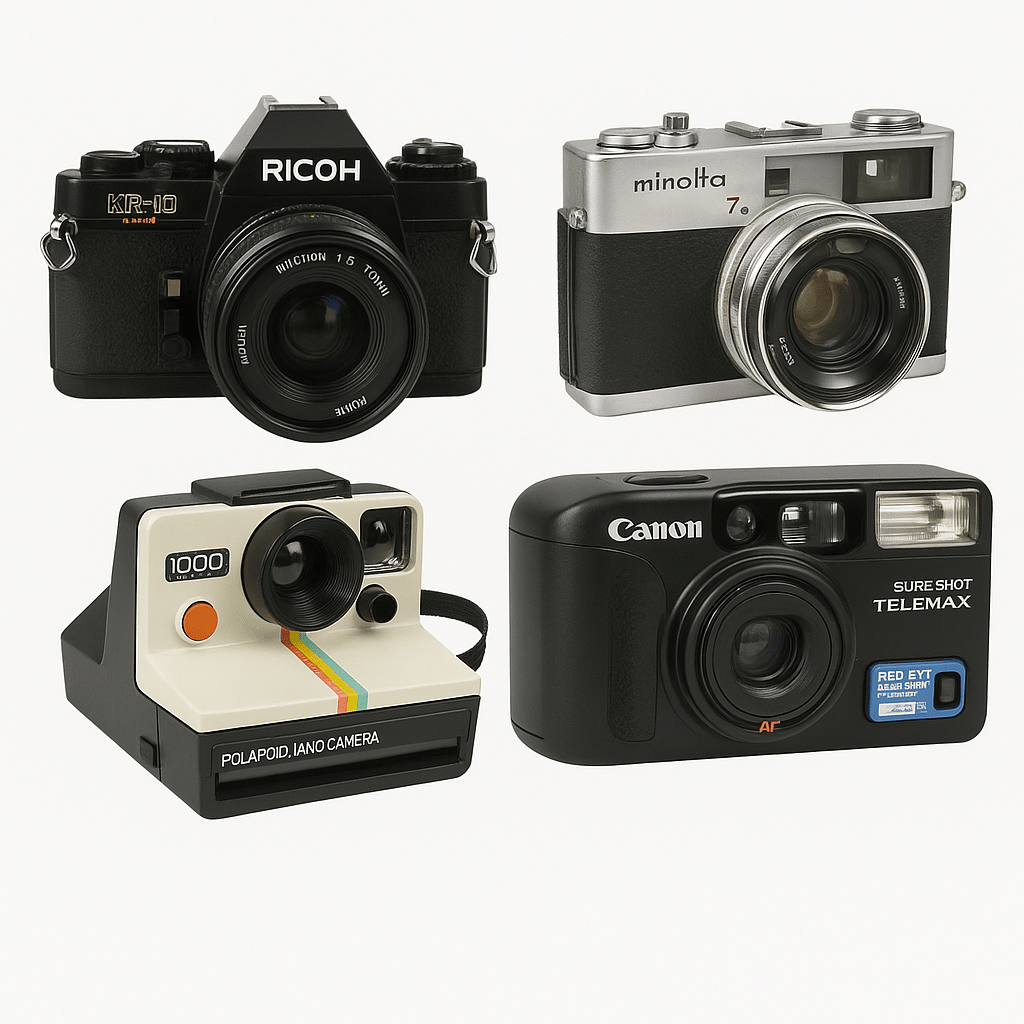
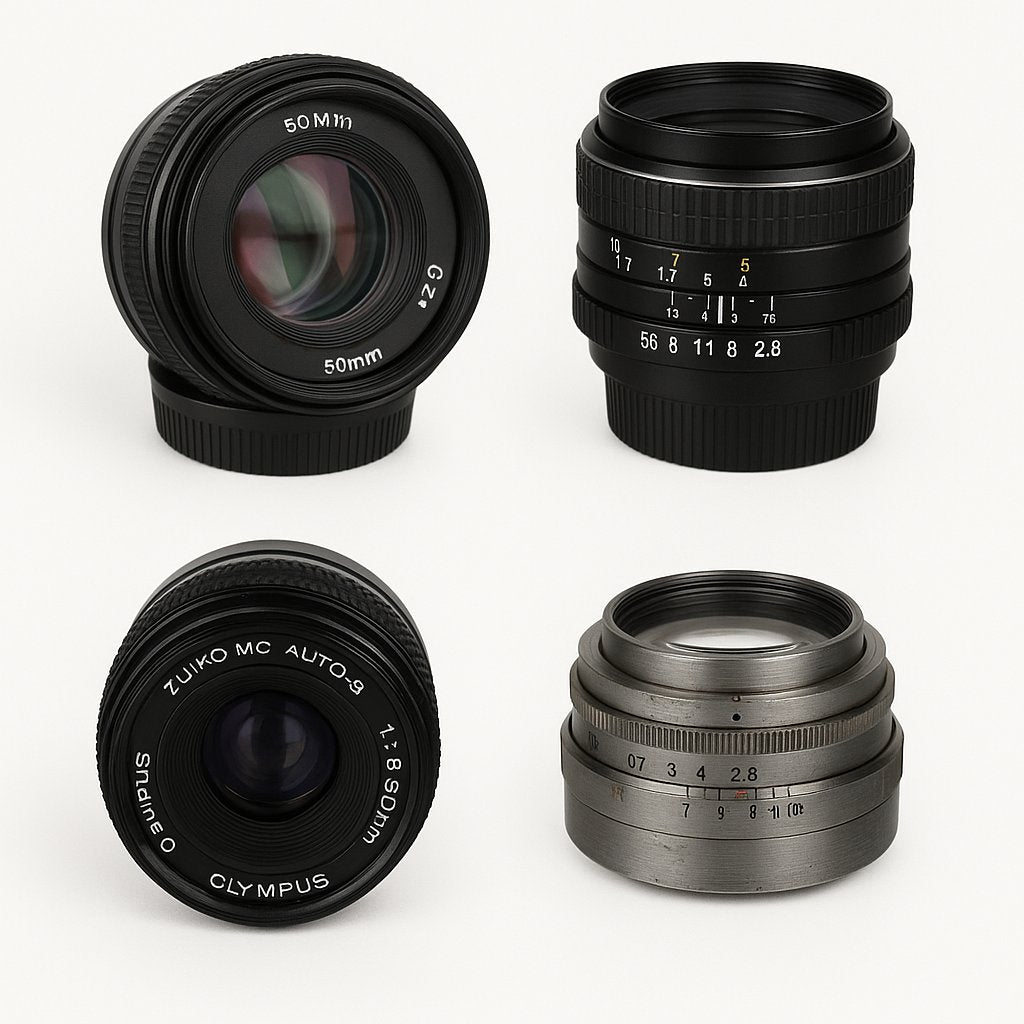
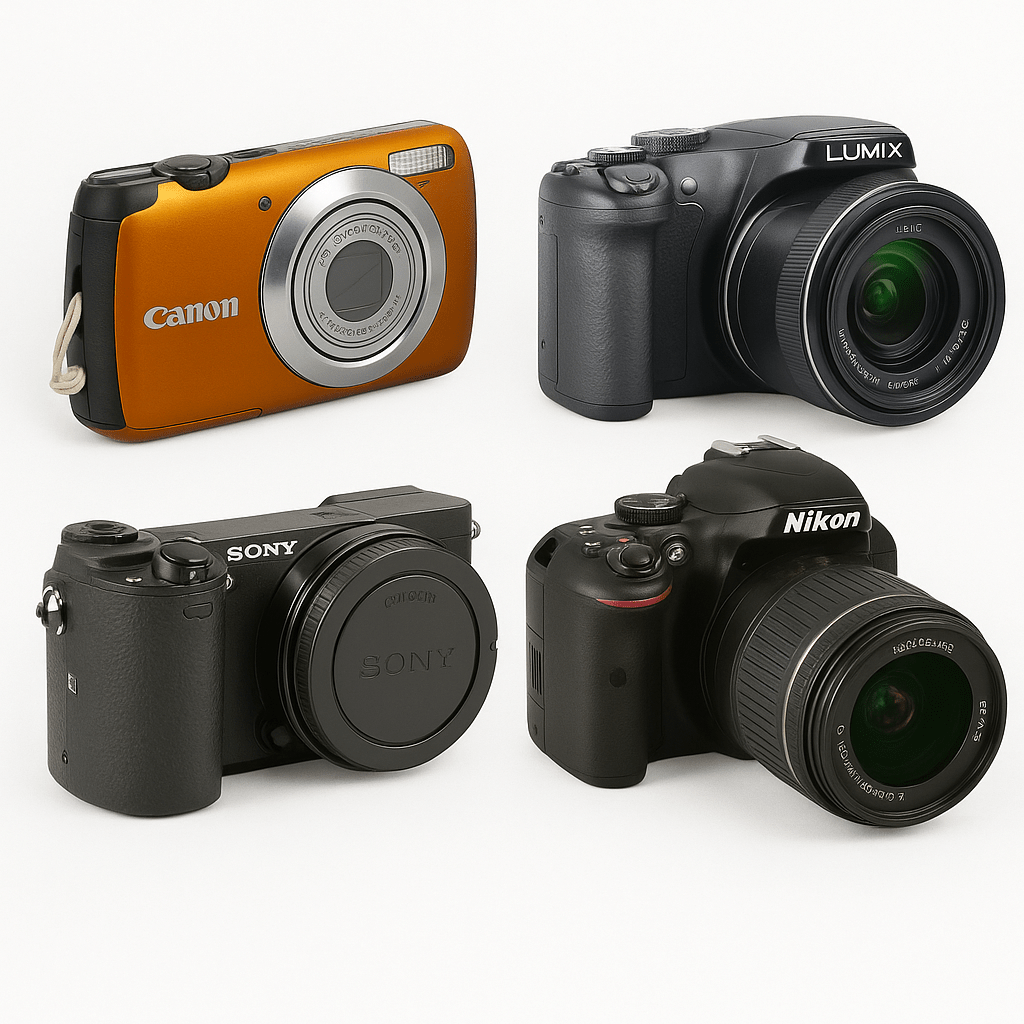
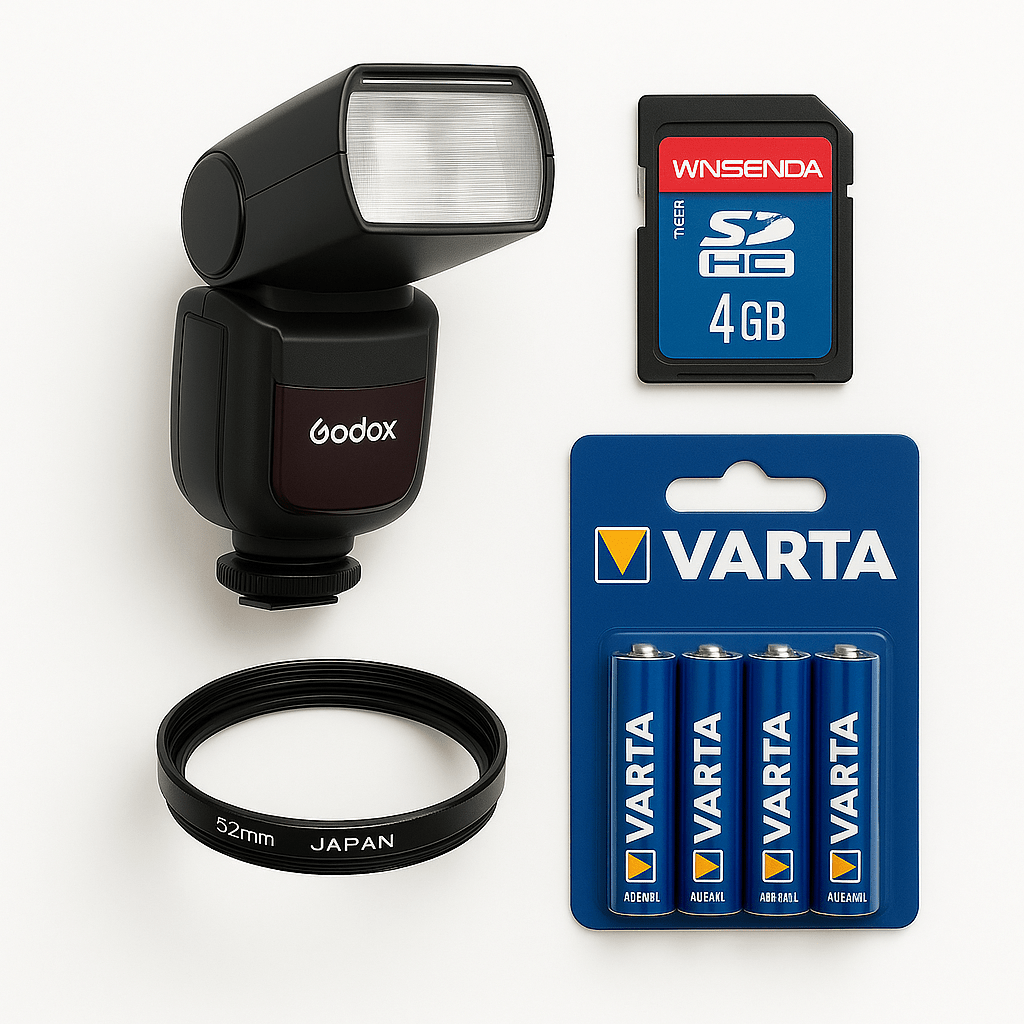
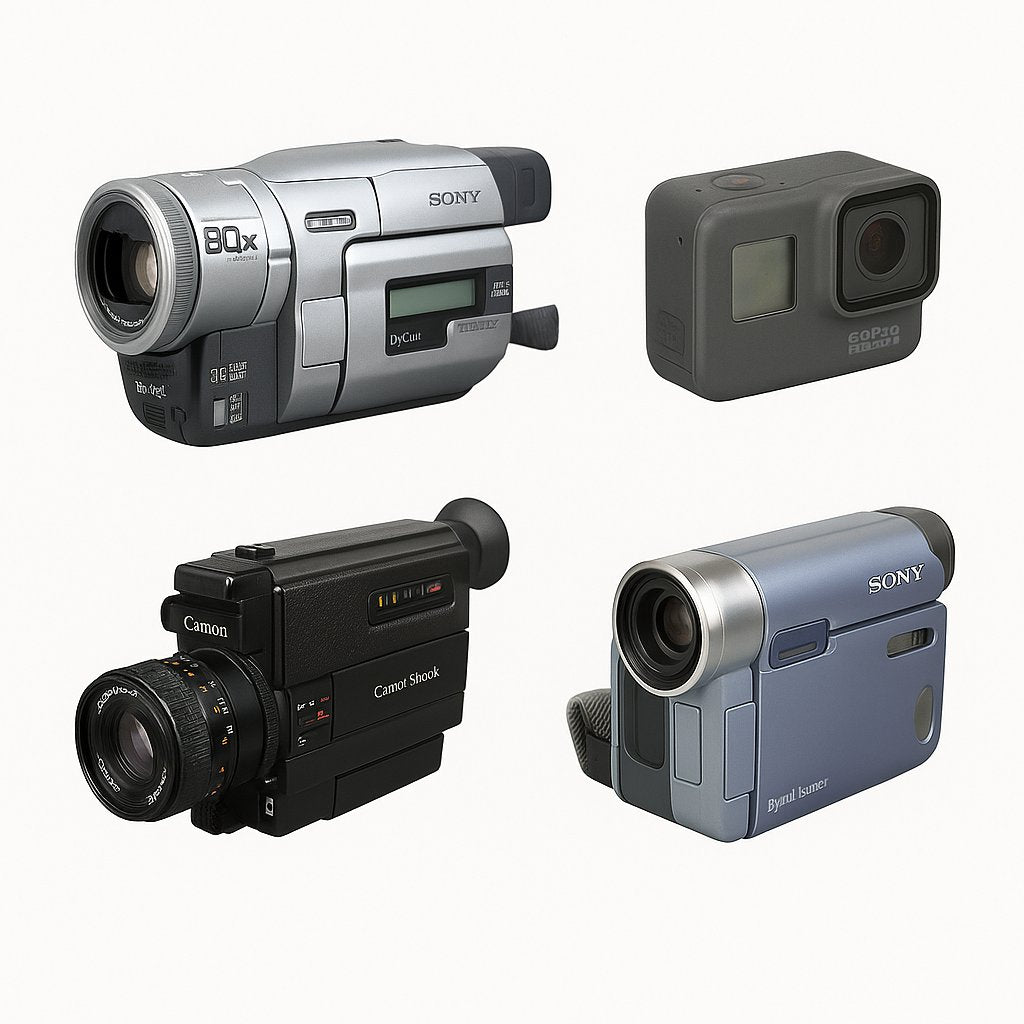
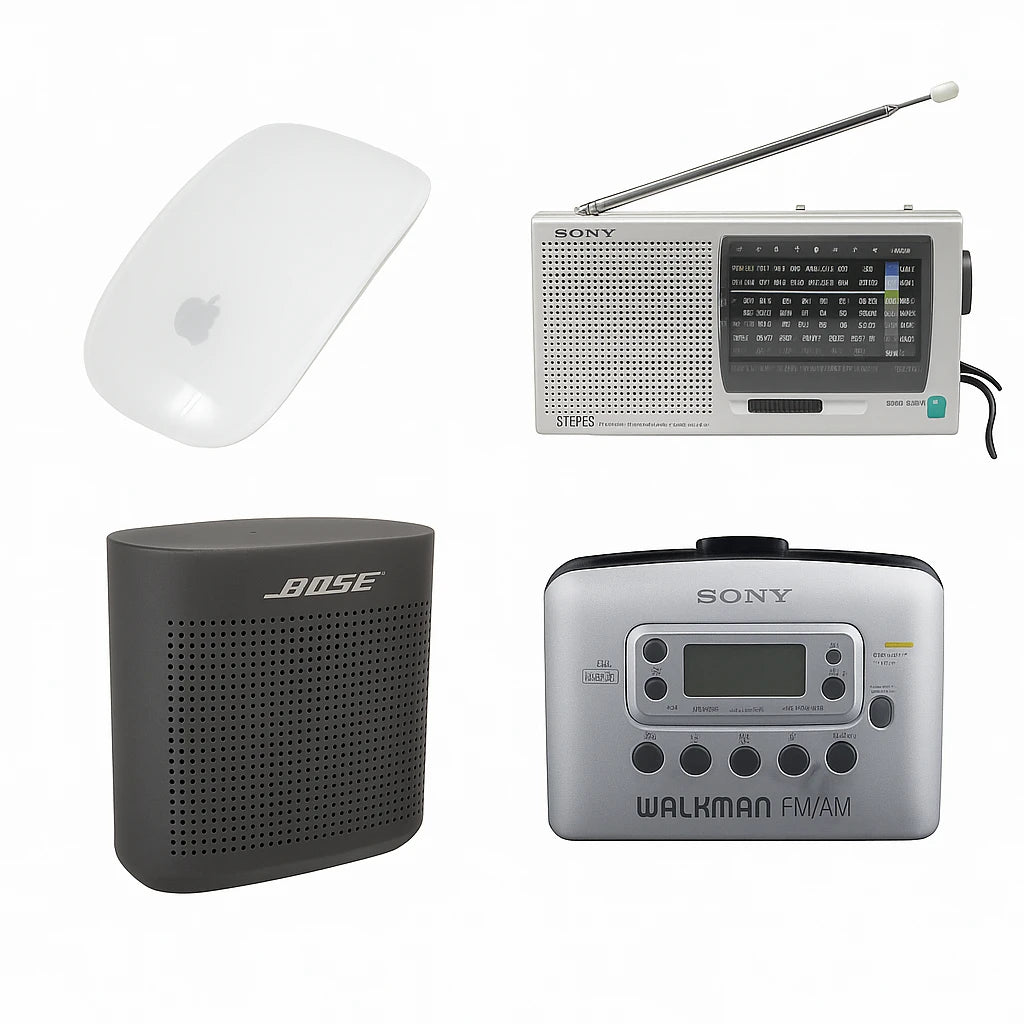
0 comments